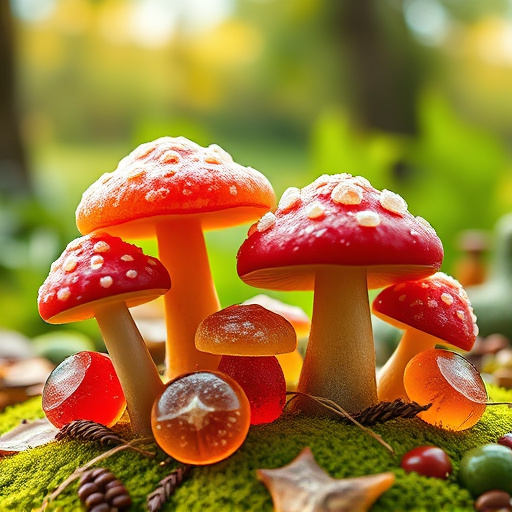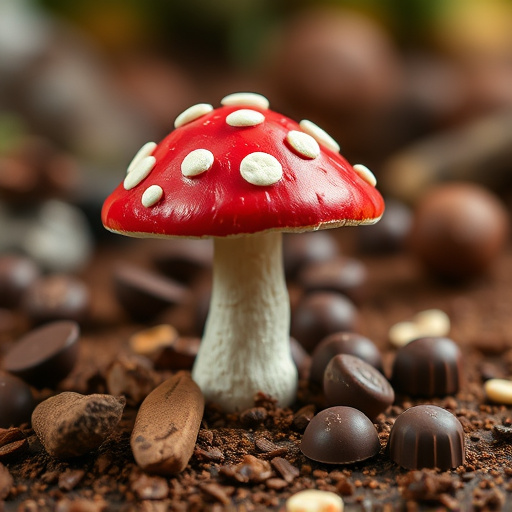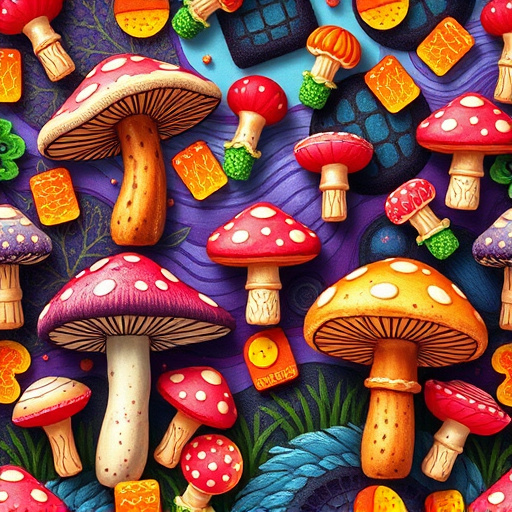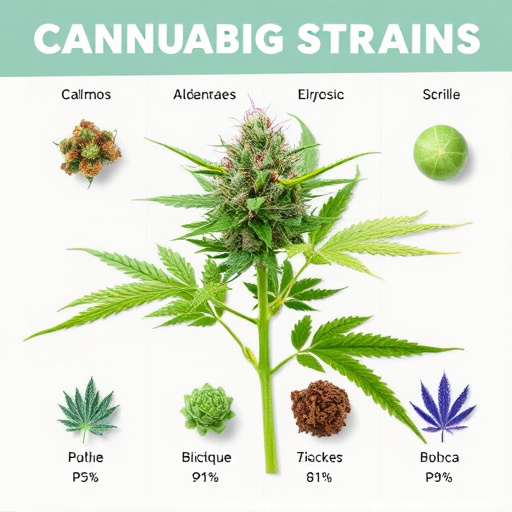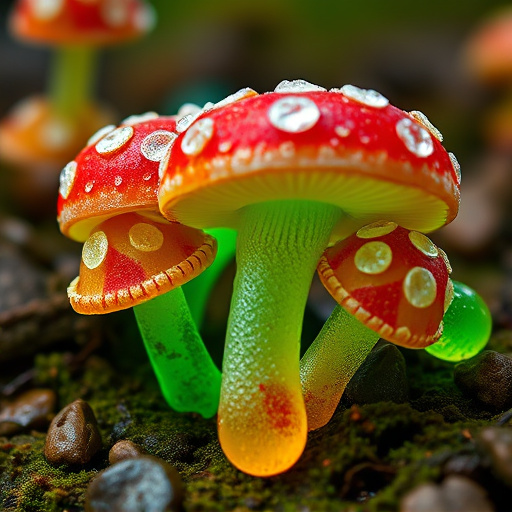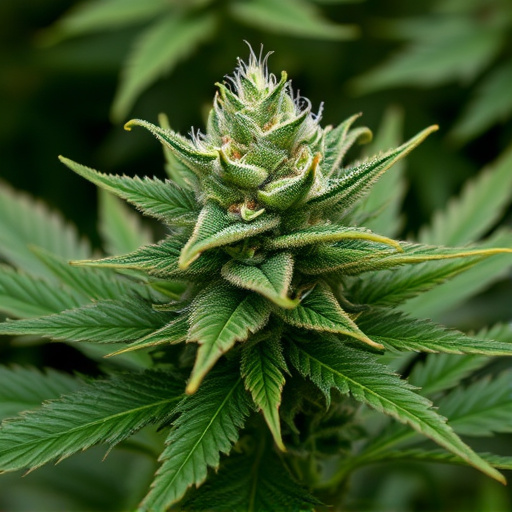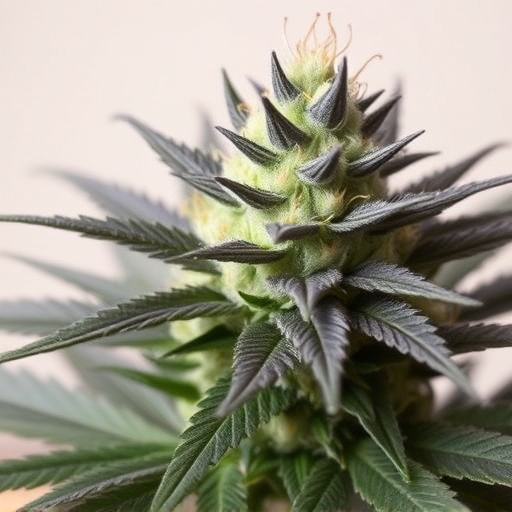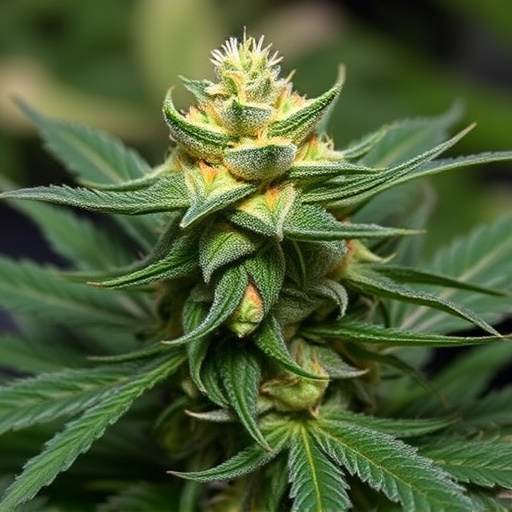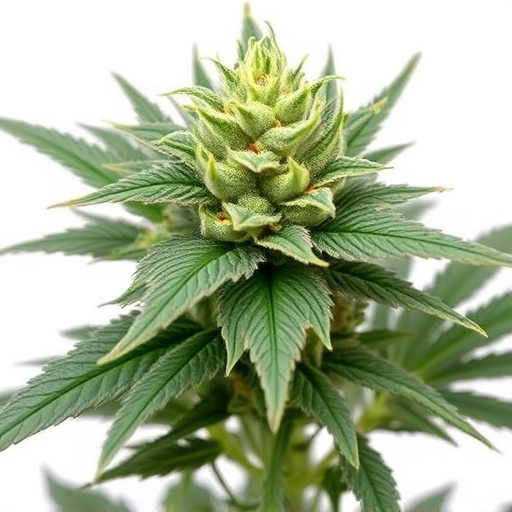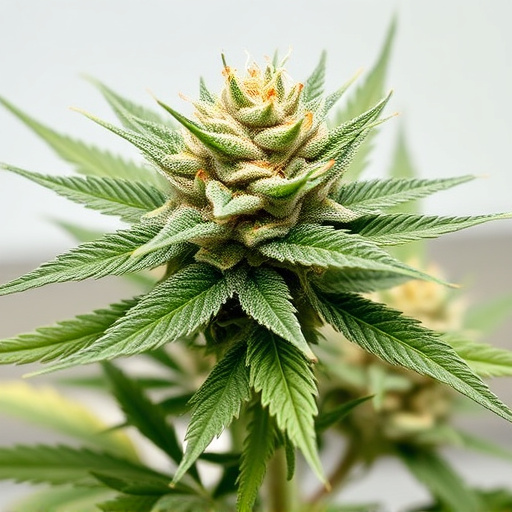Exploring the top 20 cannabis strains requires understanding terpene and cannabinoid profiles for informed choices. Terpenes, aromatic compounds, influence effects like relaxation or energy based on strain type (Indica/Sativa). CBD content varies widely, offering therapeutic benefits without psychoactive THC effects. Cannabinoid ratios differ, with some focusing on high THC for psychological effects, while others emphasize high CBD for medicinal benefits and reduced psychoactivity. This knowledge empowers consumers to navigate the top 20 cannabis strains effectively based on desired experiences and therapeutic advantages.
“Dive into the diverse world of cannabis flowers as we compare and rank the top 20 strains globally. Understanding key differences is essential, from terpene profiles that dictate aroma and effects to cannabinoid ratios—particularly THC vs CBD—and genetic backgrounds that influence cultivation methods.
We explore popular varieties, including Indica, Sativa, and Hybrid blends, uncovering the most sought-after strains worldwide. This comprehensive guide also highlights emerging genetics trends and presents a detailed analysis of the top 20, considering popularity, effects, and unique attributes, backed by consumer feedback and case studies for medical and recreational uses.”
- Identifying Key Differences Between Cannabis Strains
- – Terpenes and their effects
- – Cannabinoid profiles and ratios (THC vs CBD)
Identifying Key Differences Between Cannabis Strains
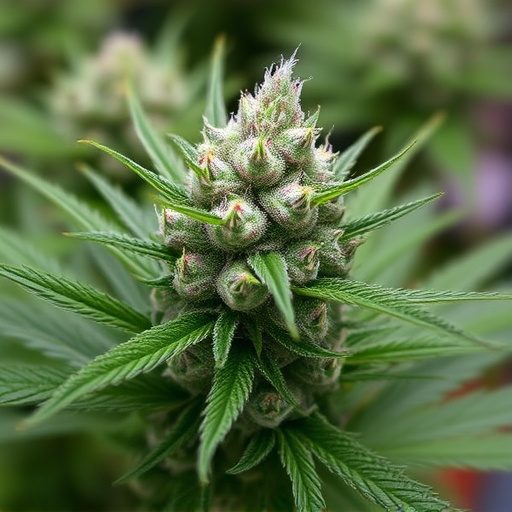
When comparing cannabis flower varieties, understanding the key differences between strains is essential for consumers looking to make informed choices. The diverse world of cannabis offers a wide array of options, from the renowned Top 20 cannabis strains like Blue Dream and Girl Scout Cookies to lesser-known but potent varieties. Each strain possesses unique characteristics, including distinct THC and CBD levels, terpene profiles, and specific effects on the user’s mind and body.
Identifying these differences involves delving into the science behind cannabis. Terpenes, aromatic compounds responsible for a strain’s scent, play a crucial role in the overall experience. For instance, myrcene, known for its earthy aroma, is prevalent in many Indica strains, promoting relaxation and sleep. In contrast, limonene, with its citrusy notes, is often found in Sativa varieties, boosting energy levels and enhancing focus. Additionally, CBD content varies widely among strains, offering potential therapeutic benefits without the psychoactive effects of THC.
– Terpenes and their effects
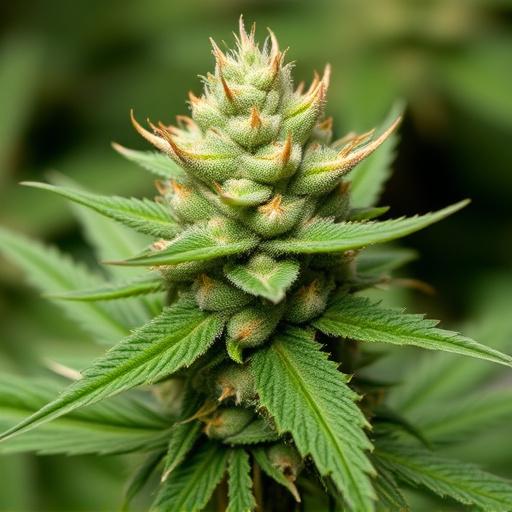
Cannabis flowers offer a diverse range of terpene profiles, each contributing to unique effects and experiences. Terpenes are aromatic compounds that not only give cannabis strains their distinct scents but also play a significant role in their therapeutic benefits. For instance, myrcene is known for its earthy and musky aroma, often associated with relaxation and pain relief. Limonene, with its citrusy notes, can uplift mood and provide mental clarity. Pinene, reminiscent of pine trees, has been linked to memory enhancement and cognitive function improvements.
When considering the top 20 cannabis strains, understanding terpene composition is key. Sativa-dominant varieties often feature terpenes like terpinolene and linalool, promoting energy and focus. Indica-heavy strains, on the other hand, tend to have higher levels of myrcene and caryophyllene, known for their calming and anti-inflammatory properties. Some hybrid strains strike a balance, combining terpenes to offer complex effects catering to various user preferences.
– Cannabinoid profiles and ratios (THC vs CBD)
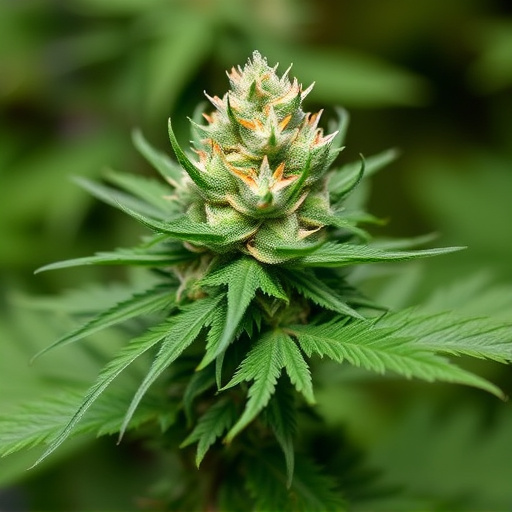
Cannabis flower varieties are renowned for their diverse cannabinoid profiles, which significantly impact user experiences and therapeutic benefits. Among the most prominent cannabinoids, THC (Tetrahydrocannabinol) is known for its psychoactive effects, inducing feelings of euphoria and relaxation. In contrast, CBD (Cannabidiol) has gained popularity for its potential non-psychoactive medicinal properties, including pain relief and anxiety reduction.
When considering the top 20 cannabis strains, cannabinoid ratios vary widely. Some varieties are high in THC, offering potent psychological effects suitable for evening or recreational use. Others lean towards higher CBD content, appealing to medical users seeking reduced psychoactivity and increased therapeutic benefits. Balanced profiles, with moderate THC and CBD levels, also exist, catering to a broader range of consumer preferences and applications.
When comparing the top 20 cannabis strains, understanding the unique interplay between terpenes, cannabinoids, and their effects is key. Each strain offers a distinct experience, catering to various preferences and medicinal needs. By delving into these differences, consumers can make informed choices, ensuring they select the perfect variety for their desired outcome, whether it’s relaxation, energy, or targeted pain relief. This knowledge empowers folks to navigate the diverse cannabis landscape with confidence.
